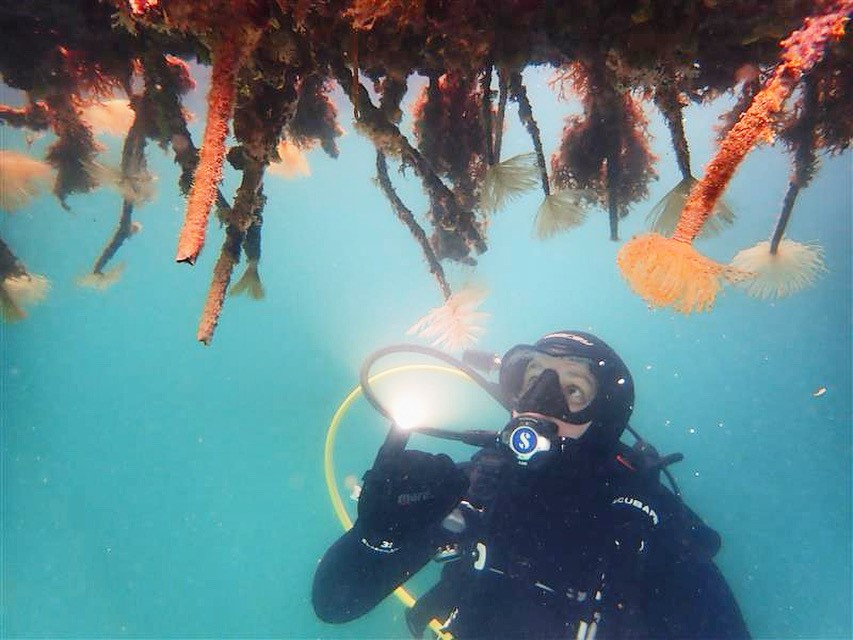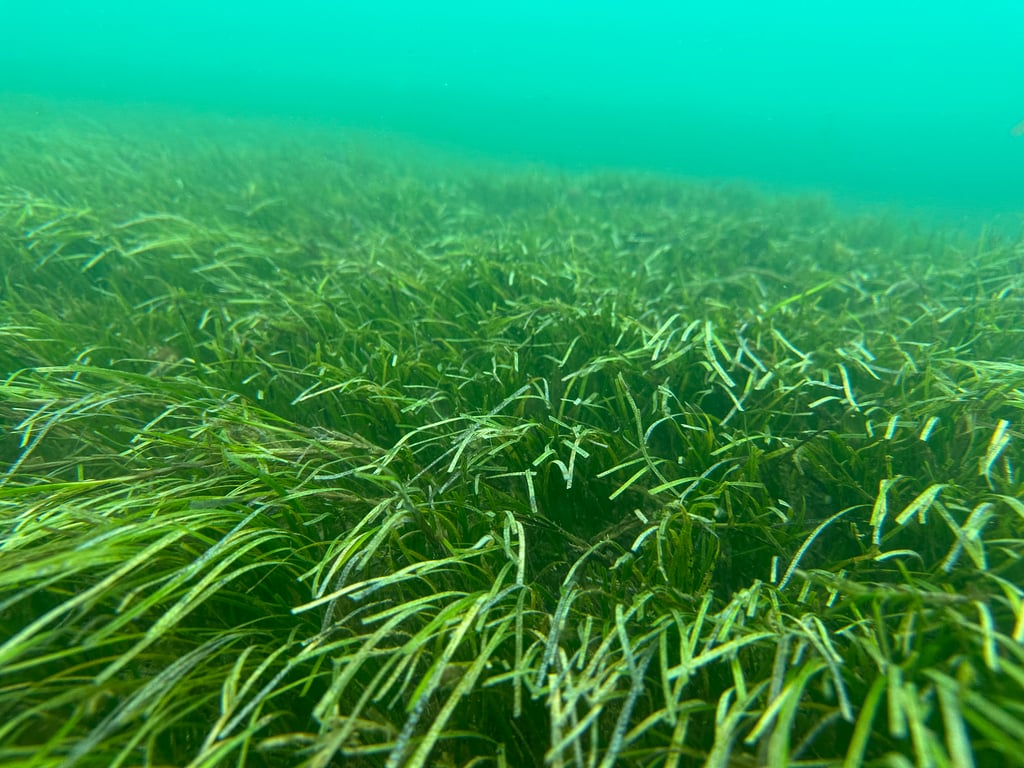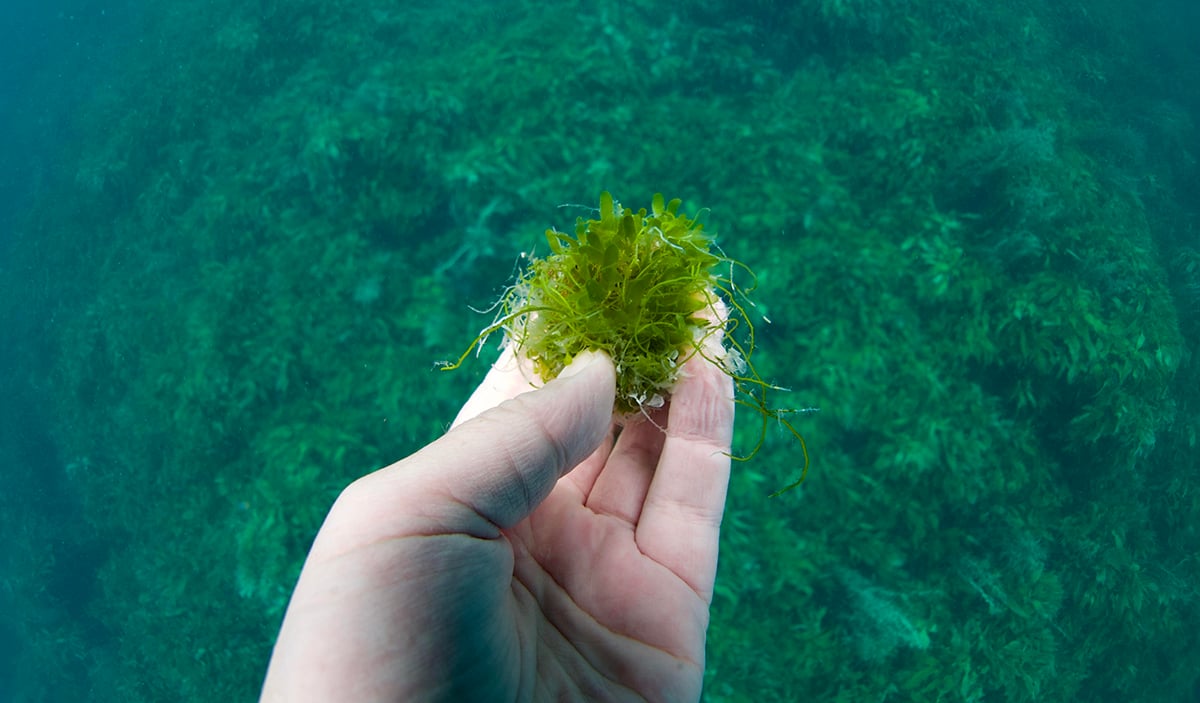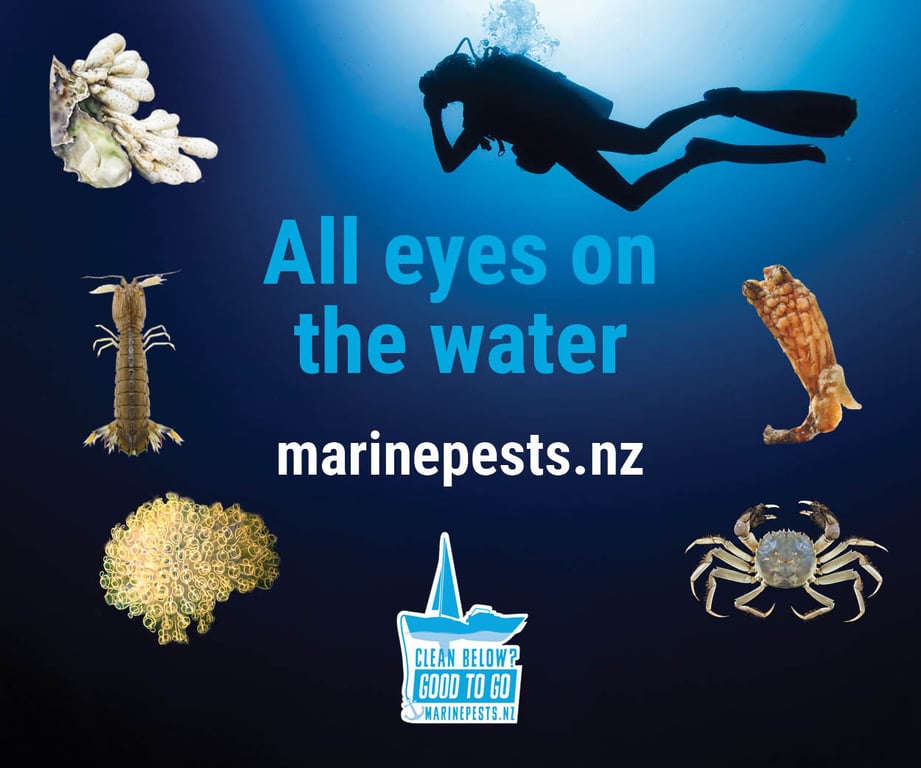Marine pests: A diver's guide
The dive community is perfectly positioned to help combat coastline threats

More than anyone, divers are up close and personal with marine wildlife and this means the dive community is in a great position to help combat one of the most serious threats to our coastlines. We've teamed up with Clean Below? Good to Go! to help make sure you have everything you need to get on board with this vital initiative, and in the coming months, we'll keep you posted with all the information you need on what marine pests look like, the damage they can do, and how to report them.
This Thursday 20th November from 10-11am, there's a free Marine Pest ID webinar - register here to join.
Get familiar with the pest species: Know what the pest species look like and how to tell them apart from native species.
There are more than 200 non-indigenous marine species known to be in New Zealand but only about ten of them are considered harmful - so those are the ones to focus on.
It can be easy to mistake friendly natives for pests. Exotic caulerpa, for example, can look very similar to some of our beneficial natives but the native exists in balance with the local ecosystem while the pest species has the potential to forever change the places we love.


Know how to report a pest if you find something suspect
Divers are encouraged to make a report even if they aren’t 100 per cent sure it’s a pest. “No one wants to be the person that is wrong,” says Romany Prevette-Stanaway of Bay of Plenty Regional Council. “But we’d rather get 1000 false alarms than miss the one that is right. If you find something suspicious, take a photo and report the exact location atreport.mpi.govt.nz or by calling 0800 80 99 66 and let your local council know."

Understand how to ensure you don't accidentally spread a pest species
Hull grooming is the great buzzword for boats that live in the water all the time, says Senior Regional marine biosecurity advisor Sam Happy of Auckland Council. “This means regular checking and grooming of your hull to prevent excessive growth – along with regular antifouling is right for your boat and use, and when you’re cleaning, make sure special attention is given to props and niche areas. Too often boats are turning up at places with a couple of pests hiding away from not being cleaned and antifouled properly, and that is all it takes to cause an incursion”.

While most regions have slightly different rules relating to biofouling, and she says that ensuring your boat’s hull has no more than a light layer of slime, means you’ll be good to go wherever you are headed.
Some pests, including exotic caulerpa and Asian paddle crab, can spread as small fragments on in-water gear and equipment including dive and fishing gear. So make a habit of checking your anchor, chain and gear for any pests before moving locations and following the guidelines and rules for exotic caulerpa. If you head to freshwater, the same applies to checking and cleaning before moving your boat around.
“If you are visiting anywhere that exotic caulerpa has been found, or close to where it has been found, please do some research before you go to ensure you are familiar with the locations, what to do if you find it, and the legal restrictions including places where you can’t anchor or disturb the seafloor,” says Sam.
You can find out everything you need to know about exotic caulerpa in New Zealand on the Biosecurity NZ website

Click here for more on the marine pest rules, including tips on how to spot them, and rules for each region.

Check out the video below of exotic caulerpa found in Blind Bay.
Read more from
Dive Pacific
Dive Pacific is the media arm of the New Zealand Underwater Association

